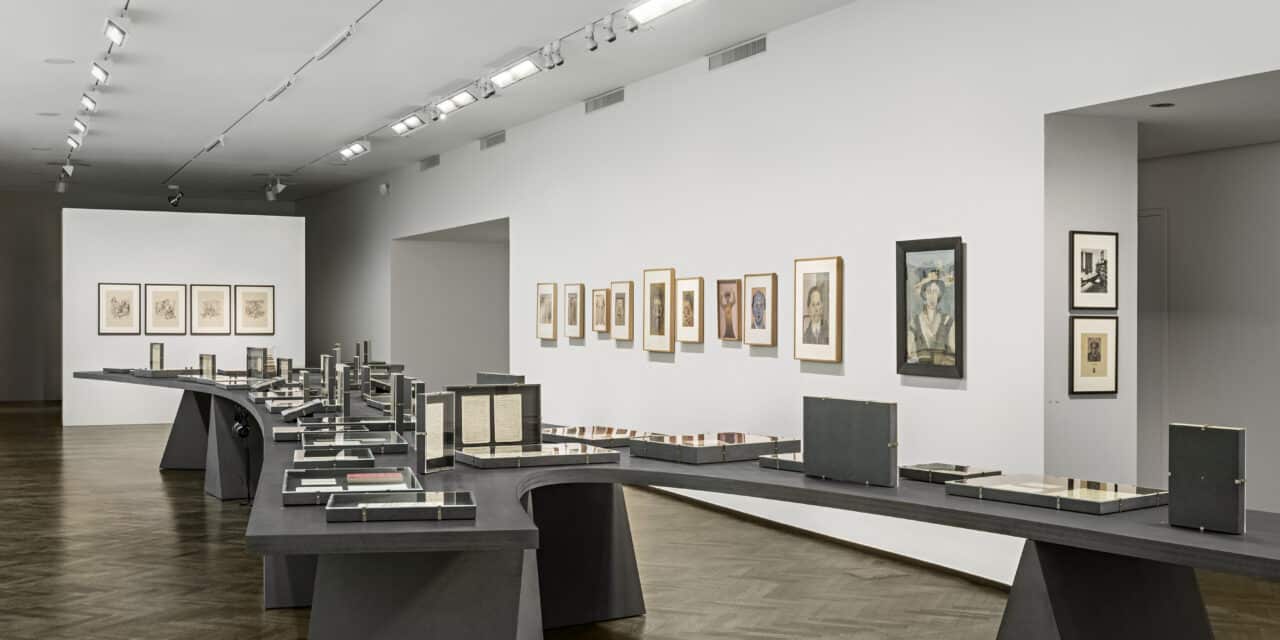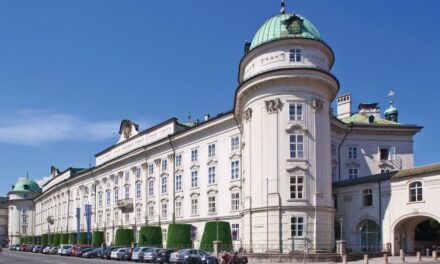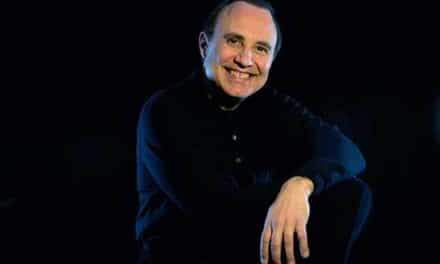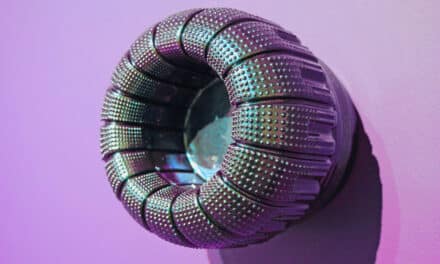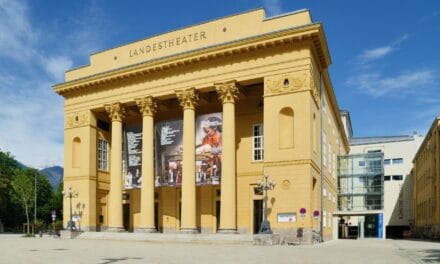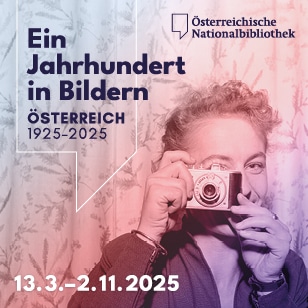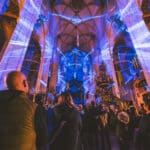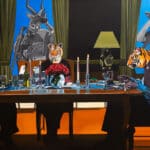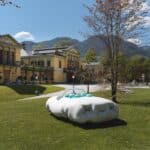Jubiläumsausstellung anlässlich der 150. Geburtstage von Arnold Schönberg & Karl Kraus
„Ich habe durch Sie Schreiben, ja fast Denken gelernt.” (Schönberg an Kraus, 1911)
„Es ist merkwürdig und bezeichnend, dass die österreichische Decadence im gleichen Jahre 1874 diese beiden Männer hervorgebracht hat, die bestimmt sind, in zahllosen Generationen eine wahrhaft heilsame und für die europäische Kultur entscheidende Unruhe hervorzurufen.” (Ernst Krenek, 1934)
Die Jubiläumsausstellung am Arnold Schönberg Center geht den Ursprüngen, Parallelen, Diskontinuitäten und Brüchen dieser Unruhe(n) auf den Spuren zweier maßgeblicher Impulsgeber der Wiener Moderne nach.
Als Advokat des Fortschritts in der Musik stand Schönberg für den Mut zur Abweichung von Konventionen. Die interdisziplinäre Ausrichtung der Wiener Moderne mitprägend, betätigte er sich auch als Schriftsteller und Maler. Als Sittenrichter der Sprache führte Kraus einen unerbittlichen Kampf gegen die korrumpierende Zeitungsphrase, gegen Doppelmoral und ästhetisches Gleichmaß. Die beiden Jubilare einte ein unausgesprochenes Verstehen in künstlerischen und gesellschaftlichen Belangen, ein gemeinsames ethisches Programm, das auf Wahrheitsanspruch in allen Bereichen der Kunst abzielte.
Musikmanuskripte, Schriften, Gemälde und Zeichnungen, Briefe und Fotografien zeichnen Wegkreuzungen von Schönberg und Kraus durch mehr als drei Jahrzehnte nach, begleitet von Geistesverwandten aus Architektur, Dichtung, Malerei und Musik. Digital animierte Partituren, Filmclips und Stimmen aus der Vergangenheit entführen in eine nur scheinbar versunkene Welt.
17. Januar bis 10. Mai 2024
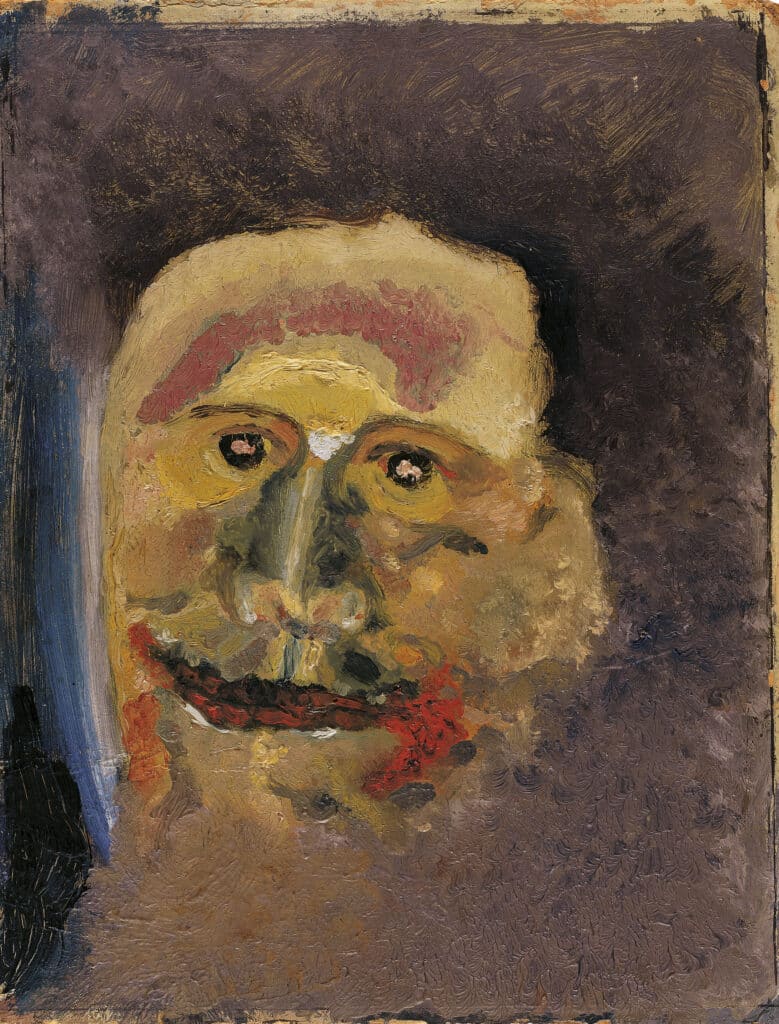
Arnold Schönberg, Satire (Karl Kraus), Mai 1910, Öl auf Pappe, Catalogue raisonné 111, Belmont Music Publishers, Pacific Palisades, CA
Das Arnold Schönberg Center
Das Arnold Schönberg Center ist seit 1998 zentraler Bewahrungsort von Schönbergs Nachlass und ein öffentliches Kulturzentrum in Wien. Arnold Schönberg – Komponist, Maler, Lehrer, Theoretiker und Erfinder – wurde 1874 in Wien geboren und starb 1951 in Los Angeles. Längere Aufenthalte führten ihn nach Berlin, Barcelona, Paris und Boston. Kompositionsgeschichtlich ist Schönbergs Name mit einer epochalen Neuerung verbunden, der „Methode der Komposition mit zwölf nur aufeinander bezogenen Tönen”. Am Center ermöglichen Ausstellungen zu Leben und Werk Schönbergs, eine Auswahl seines bildnerischen Œuvres, die Rekonstruktion seines Arbeitszimmers aus Los Angeles, eine Bibliothek zu Themen der Wiener Schule, sowie Konzertreihen, Vorträge, Workshops und Symposia einen tieferen Einblick in Schönbergs musikalisches und bildnerisches Schaffen. Das Angebot richtet sich an die interessierte Öffentlichkeit wie an Wissenschaftler. Besucher können am Center zudem in Musikmanuskripte, Schriften und die Korrespondenz Schönbergs Einsicht nehmen.
www.schoenberg.at

